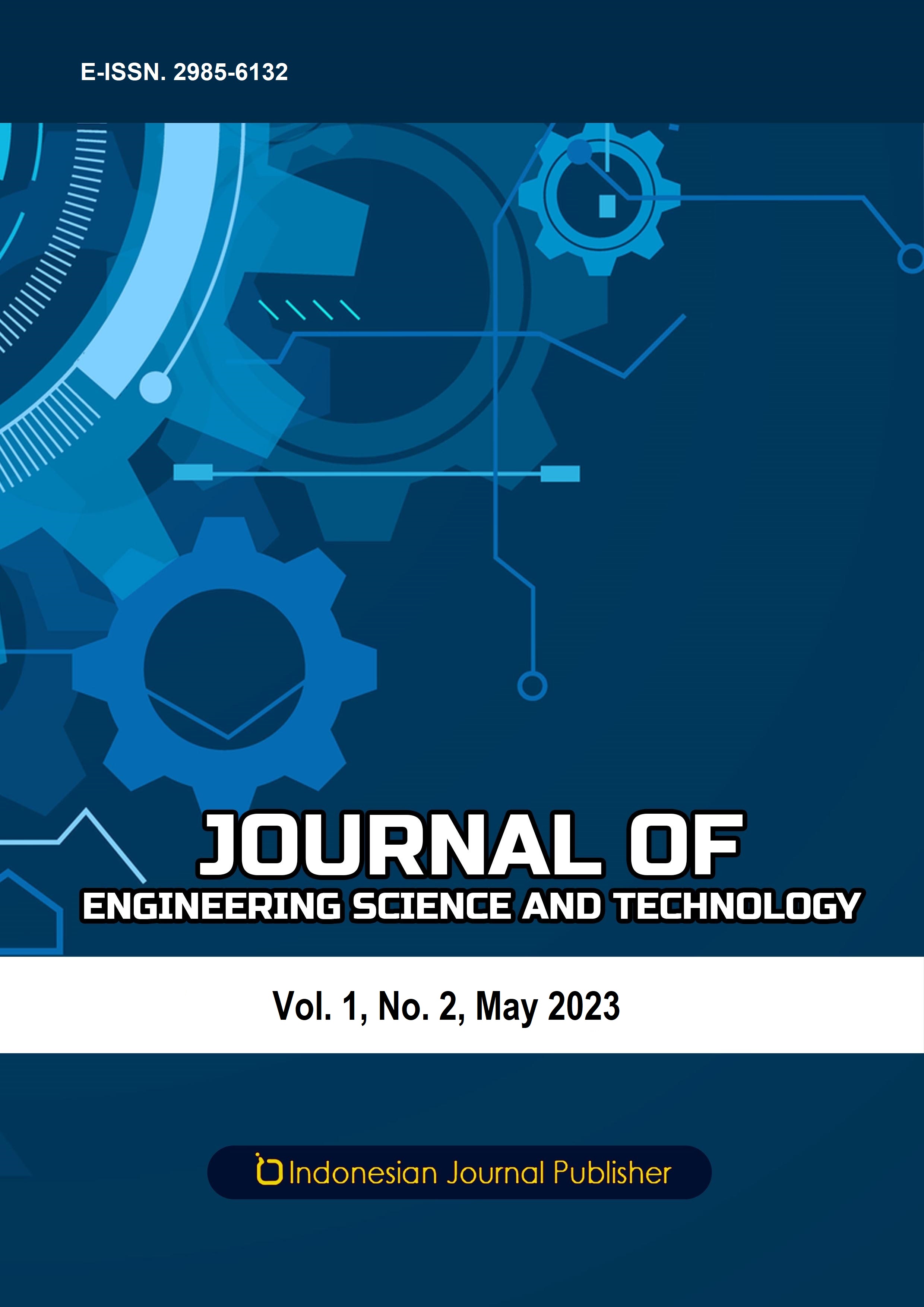PENGGUNAAN TEKNIK IMMERSION COOLING PADA PENDINGINAN PANEL SURYA
Main Article Content
Abstract
Renewable energy that is now widely loved is solar energy, which can be converted into electrical energy with the help of solar panels. Solar panels are made of semiconductor silicon which absorbs photons from the sun's energy. However, the sun does not only produce photons which can be converted into electrical energy, but there is also heat energy which can increase the temperature of the solar panels which can reduce the performance of the solar panels. Therefor researchers conducted research to reduce the temperature of solar panels by using the monocrystalline solar panel cooling method using mineral oil with the immersion cooling technique. However, from the experimental data in the field, it was found that the results were not good where solar panels without cooling were more than solar panels with cooling. The anova analysis test which was continued with the Tukey method confirmed that the voltage and current of the uncooled solar panels were superior, namely 4.48 V and 0.94 A. Solar panels with a 3cm cooling liquid variation produced a power of 3.93 W while non-liquid solar panels The cooler produces a power of 4.81 W, so research on cooling solar panels using liquid mineral oil with immersion cooling techniques has not succeeded in increasing the performance of solar panels and cannot be applied to PLTS.
Article Details

This work is licensed under a Creative Commons Attribution-ShareAlike 4.0 International License.

